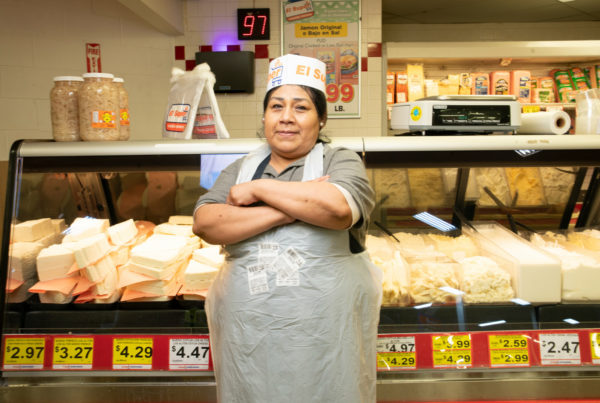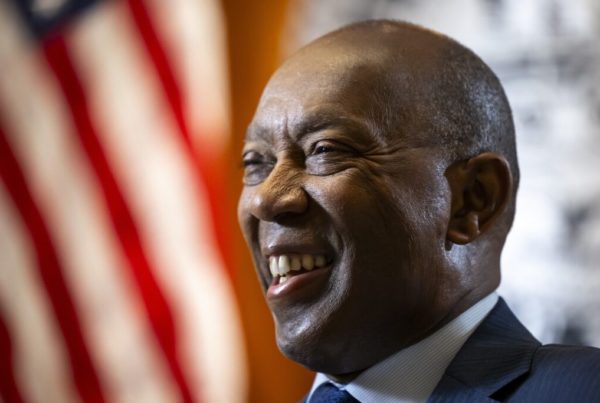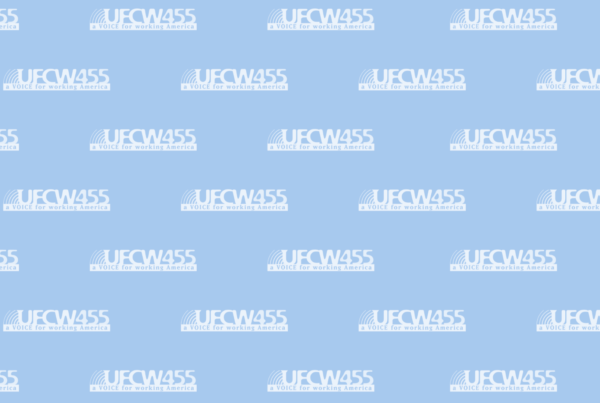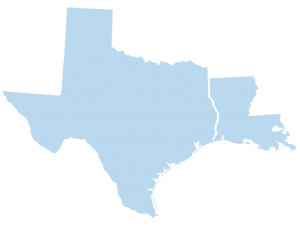By: Don Day
Source: BoiseDev
If Cincinnati’s Kroger Co. completes its proposed deal to acquire Boise-based Albertsons, it will bring 39 different grocery store brands under one roof—at least for a moment.
It would create the nation’s largest supermarket chain, and rival Walmart in scope.
But, while Walmart has largely grown by opening its own stores one by one in markets around the country, the combined Kroger-Albertsons would ultimately be an amalgamation of dozens of acquisitions over decades.
When you walk into a Safeway store in California, a Tom Thumb location in Dallas, or an Albertsons store here in Boise, it will feel familiar. You’ll see a display of Soleil sparkling waters and a selection of Signature Select ice creams. The tags on the shelves will be red, yellow and black, and you’ll spot the same “Sincerely, Chocolate Chip cookies” signs.
If you happen to find yourself in a Kroger store in Ohio, a King Soopers in Denver, or a Fred Meyer in Nampa, it’s the same drill. Yellow and black tags on the shelves, a stylized cart with an orange slice on signs, and a pack of Kroger-branded sodas on the shelf.
While Kroger Co. and Albertsons Companies run stores under many names, much of the approach is centralized.
But it didn’t start that way.
Decades of consolidation
In 1948, JR Bost and Bob Cullum got together and purchased a set of six then-defunct store locations, launching Tom Thumb. They grew the company and snapped up additional stores like Hinky Dinky and Pantry Food Markets. Then, in 1992, the company was acquired by Randall’s of Houston. Another five years passed, and Randall’s decided to sell to Safeway. Then, in 2018, Safeway sold to Albertsons. And now, Albertsons could go to Kroger.
The story repeats many times. Change a few names and some circumstances, but the outcome is the same.
And while this graphic shows how 39 brands rolled up into one company, it doesn’t show everything. Along the way, many other stores have been snapped up, and their names disappeared.
Buttrey’s was purchased by Albertsons in 1998, and ultimately eliminated. Same thing for Paul’s Markets, purchased in 2016.
On the Kroger side, stores like Grand Central (gobbled up by Fred Meyer) and Owen’s Market (bought by Pay Less Super Markets) ultimately got merged into the larger organization and saw their brands disappear.
If the deal happens, some of the 39 brands would be sold in whole or in part to C&S Wholesale Grocers — including Kroger’s QFC and Albertsons’ Hagan banners.







